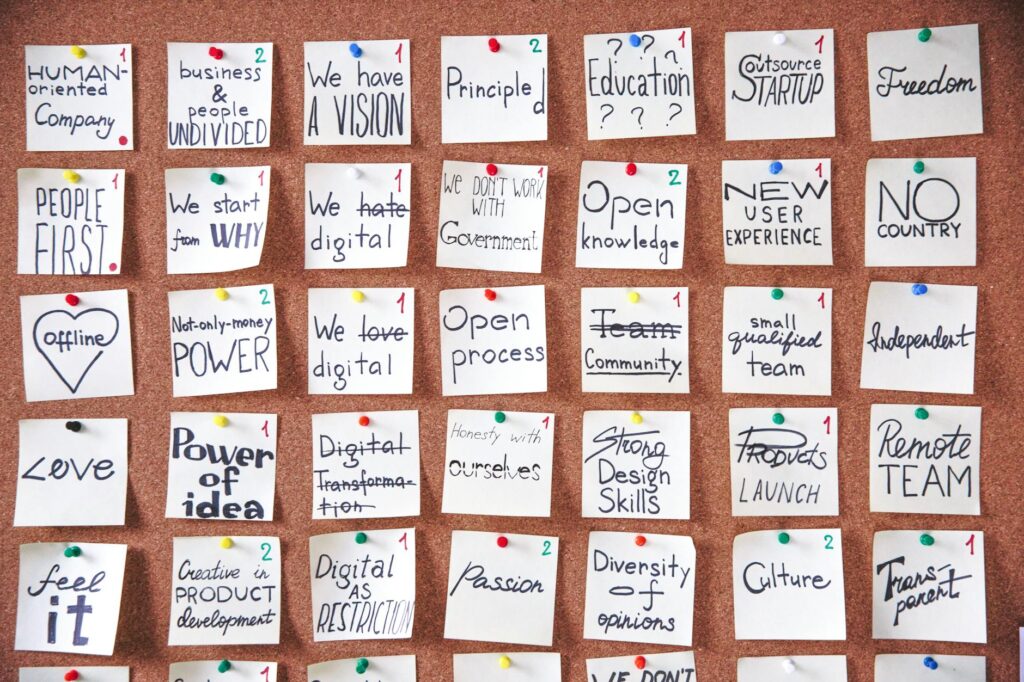What is work motivation techniques?

What is work motivation techniques?
Work motivation is more than just a buzzword; it’s the lifeblood of any successful organization. When employees are motivated, they are more productive, engaged, and satisfied with their jobs. This article explores various work motivation techniques that can significantly improve workplace dynamics and boost overall performance.
Understanding Work Motivation
At its core, work motivation refers to the forces that drive individuals to take action in their roles within an organization. It’s a psychological phenomenon influenced by various factors, including personal goals, workplace environment, and leadership styles. Understanding these elements can help us harness motivation effectively.
Importance of Work Motivation
Why does motivation matter? For one, it directly influences performance. Motivated employees tend to put forth more effort, leading to higher productivity. Additionally, motivation plays a key role in job satisfaction. When individuals feel inspired and engaged, they are less likely to seek work elsewhere. According to research from Qualtrics, a highly motivated workforce leads to better retention rates and a more robust company culture.
Key Work Motivation Techniques
To foster a motivated workforce, organizations can implement several effective techniques. Here are some of the most impactful ones:
Setting Clear Goals
Having specific, measurable goals can drive motivation significantly. When employees know what is expected of them, they can focus their efforts on achieving those objectives. Techniques like SMART goals (Specific, Measurable, Achievable, Relevant, Time-bound) help clarify expectations. For example, a sales team could aim to increase sales by 20% within the next quarter, providing a clear target to work towards.
Providing Feedback and Recognition
Feedback is a powerful motivator. Positive reinforcement boosts morale, while constructive criticism helps employees grow. Regularly acknowledging achievements, no matter how small, fosters a sense of accomplishment. A report from Forbes emphasizes the importance of celebrating milestones, both big and small.
Offering Professional Development Opportunities
Investing in employees’ growth can significantly enhance motivation. By offering training programs, workshops, or mentorship, organizations show that they value their employees’ skills and career aspirations. This commitment not only improves performance but also builds loyalty within the team. Continuous learning opportunities allow employees to feel more competent and confident in their roles.
Creating a Positive Work Environment
A supportive, inclusive workplace culture fosters motivation. When employees feel safe and valued, they are more likely to contribute positively. Encouraging collaboration, open communication, and respect among colleagues creates a sense of belonging. According to Bonusly, building a sense of community at work enhances emotional connection and purpose.

Photo by Polina Zimmerman
The Role of Leadership in Motivation
Leadership styles play a significant role in shaping employee motivation. Leaders who actively engage with their team can inspire higher levels of motivation and productivity.
Transformational Leadership Techniques
Transformational leaders inspire their teams by creating a vision for the future. They communicate goals effectively and encourage employees to exceed their own expectations. This style of leadership fosters innovation and creativity, which can lead to heightened engagement. Leaders who embody this approach often become role models, motivating their teams through their passion and dedication.
Participative Leadership and Motivation
Involving employees in decision-making processes can significantly enhance motivation. When team members feel their opinions matter, they are more likely to take ownership of their work. A participative leadership style encourages collaboration, leading to better problem-solving and a more invested workforce.
Measuring the Effectiveness of Motivation Techniques
To ensure that motivation techniques are working, organizations need a way to measure their effectiveness.
Employee Surveys and Feedback
Conducting regular employee surveys is a practical method for gathering insights on motivation levels. These surveys can reveal how employees feel about their roles, the workplace environment, and the effectiveness of existing motivation strategies. Listening to employees can help organizations adjust their techniques based on real feedback.
Performance Metrics Analysis
Analyzing productivity metrics is another way to assess the effectiveness of motivation strategies. By tracking performance data before and after implementing motivational techniques, organizations can identify trends and make informed decisions. Metrics like sales numbers, project completion rates, and employee turnover rates offer valuable insights into the overall impact of motivation on performance.
Conclusion
Implementing effective work motivation techniques is essential for enhancing productivity and workplace satisfaction. By setting clear goals, providing feedback, offering growth opportunities, and fostering a positive environment, organizations can significantly boost employee motivation. Leadership plays a crucial role in this process, and measuring the impact of these techniques ensures continuous improvement. Start exploring these strategies today, and witness the transformation in your workplace dynamics!